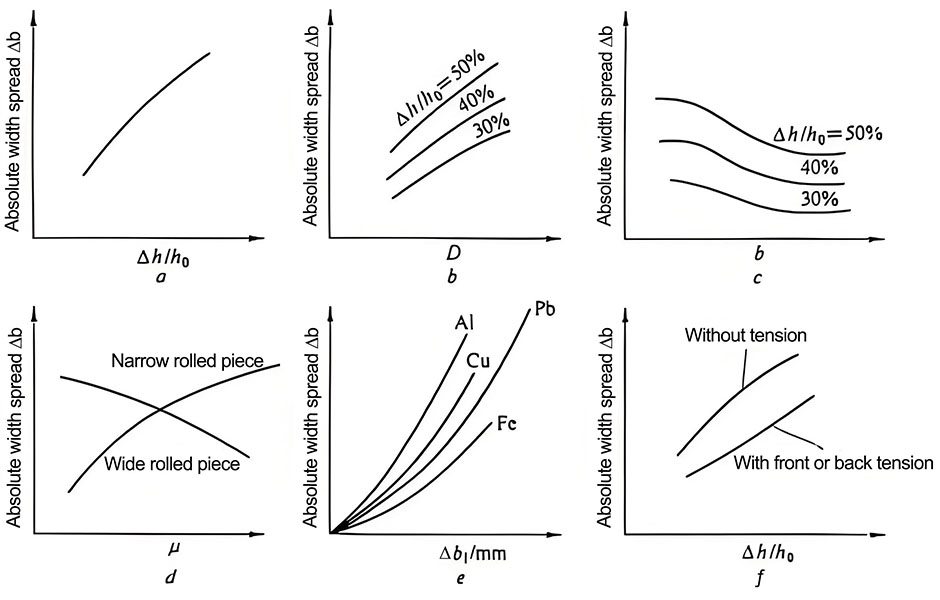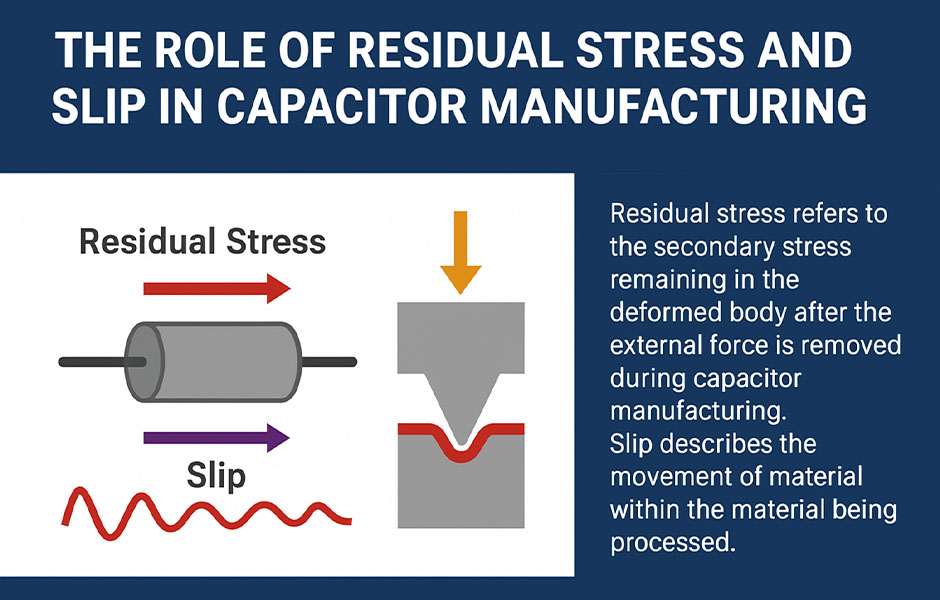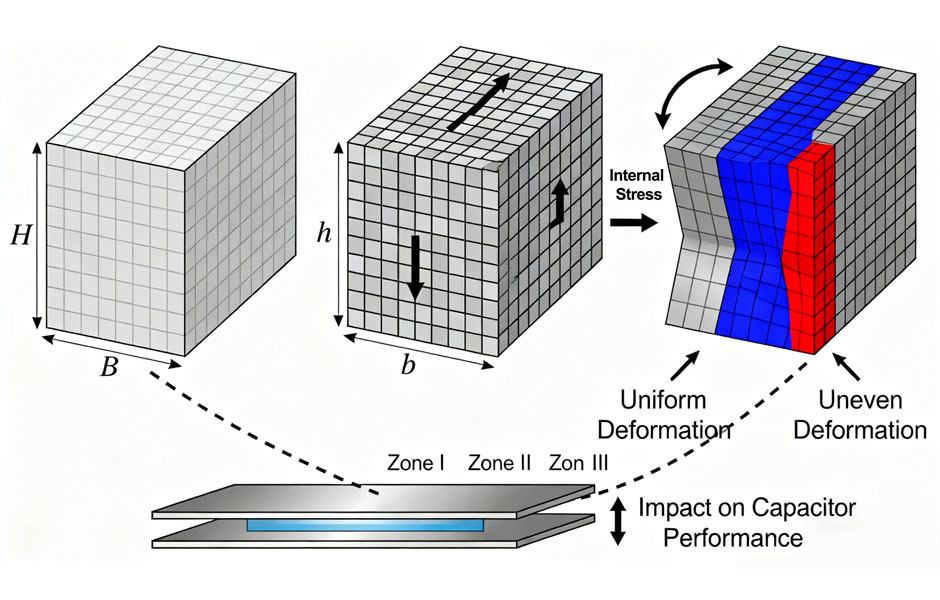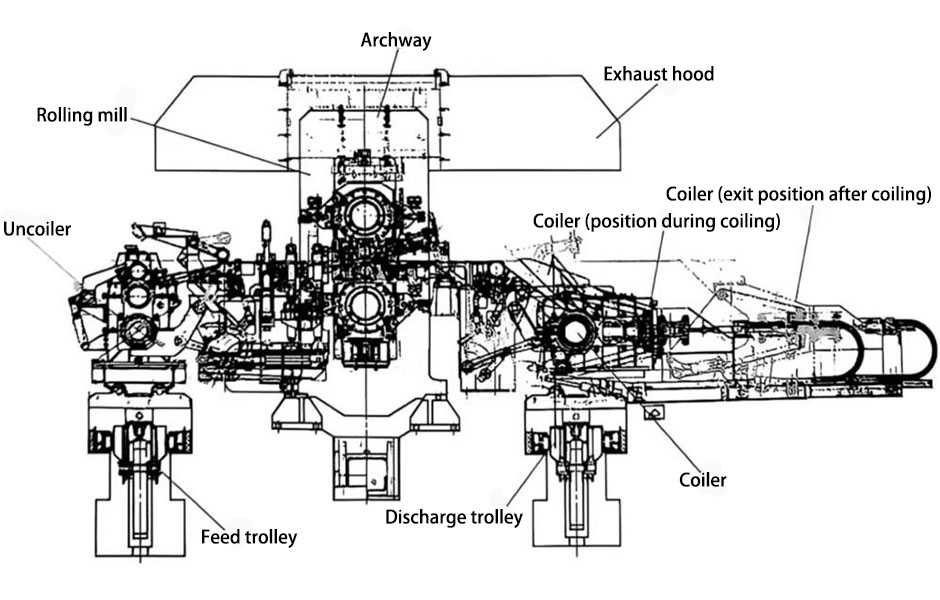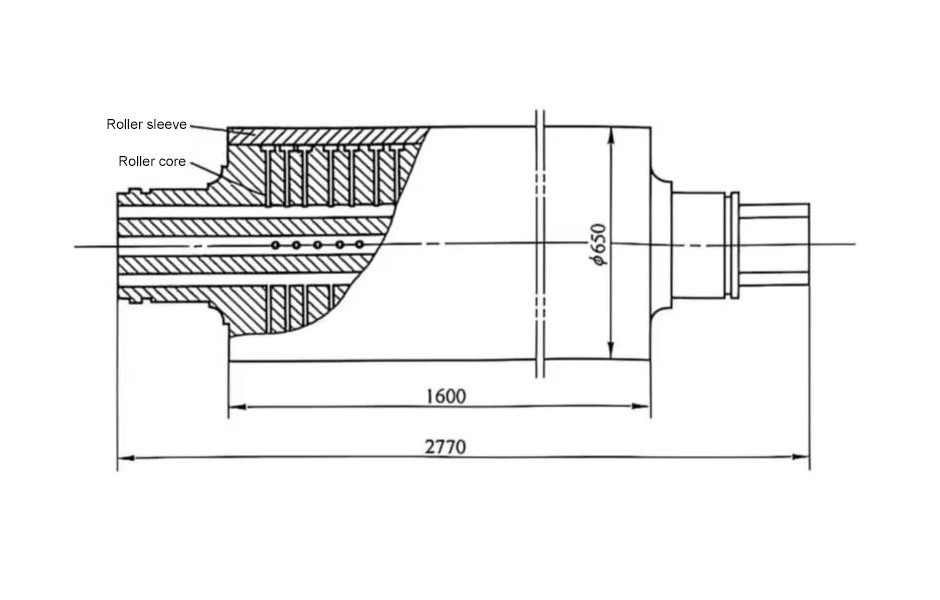☀️The structural characteristics of electrolytic capacitors determine that it has the following characteristics in performance:
✨1. High specific capacitance:
Since the anode of the electrolytic capacitor is manufactured by electrochemical corrosion technology or powder sintered porous block technology, it has a very high effective specific surface area. Secondly, the electrochemical anodic oxidation method is used to form a high-dielectric constant metal oxide dielectric film, so its capacitance per unit volume (that is, specific capacitance) is very high.
For example, low-voltage large-capacity aluminum electrolytic capacitors and solid sintered tantalum electrolytic capacitors have specific capacitances of 1200μF/cm3 and 2400μF/cm3, respectively. Other types of capacitors, such as metallized film capacitors and low-voltage multilayer ceramic capacitors, generally do not exceed 2μF/cm3 and 200μF/cm3 in specific capacitance, which is very different from electrolytic capacitors.
The lower the working voltage of the electrolytic capacitor, the lower the oxide film forming voltage and the thinner the thickness of the oxide film dielectric, the higher the specific capacitance of the capacitor. In order to compare the specific capacitance of electrolytic capacitors under different working voltages more scientifically, the product of capacitance and voltage in a unit volume is generally used to express it, called the specific CV product, and the unit is μF·V/cm3. The specific CV products of low-voltage and large-capacity aluminum electrolytic capacitors and solid sintered tantalum electrolytic capacitors exceed 12000μF·V/cm3 and 24000μF·V/cm3, respectively. In contrast, the specific CV product of metallized film capacitors and low-voltage multilayer ceramic capacitors is close to 1000μF·V/cm3 and 4000μF·V/cm3, which is still far behind electrolytic capacitors.
✨2. Self-healing:
During the working process of the liquid electrolytic capacitor, since the anode of the capacitor is connected to the positive electrode of the power supply, the anions in the electrolyte will concentrate on the defects of the oxide film, so that the defects in the oxide film can be automatically repaired, so that the oxide film medium can be obtained at any time Reinforce and restore its proper insulation capacity without encountering continuous cumulative damage. Because of this characteristic of electrolytic capacitors, even if a local breakdown occurs during the operation of the capacitor, it can return to normal by itself. This performance is called the self-healing characteristics of electrolytic capacitors. Solid electrolytic capacitors also have self-healing characteristics, but the self-healing method is not used. The specific self-healing mechanism will be discussed in a follow-up article.
✨3. High working electric field strength:
For an aluminum electrolytic capacitor with a working voltage of 450V, the thickness of the oxide film is about 270nm, and the working electric field strength exceeds 600kV/mm; even a low working voltage electrolytic capacitor has a similar working field strength, which is about More than 30 times that of ceramic capacitors and 4 to 5 times that of organic film capacitors. Although the working field strength of the solid electrolyte tantalum electrolytic capacitor is slightly lower, it also has the same order of magnitude. It is precisely because the working field strength of an electrolytic capacitor is larger than that of any type of capacitor, its high specific capacitance is guaranteed.
